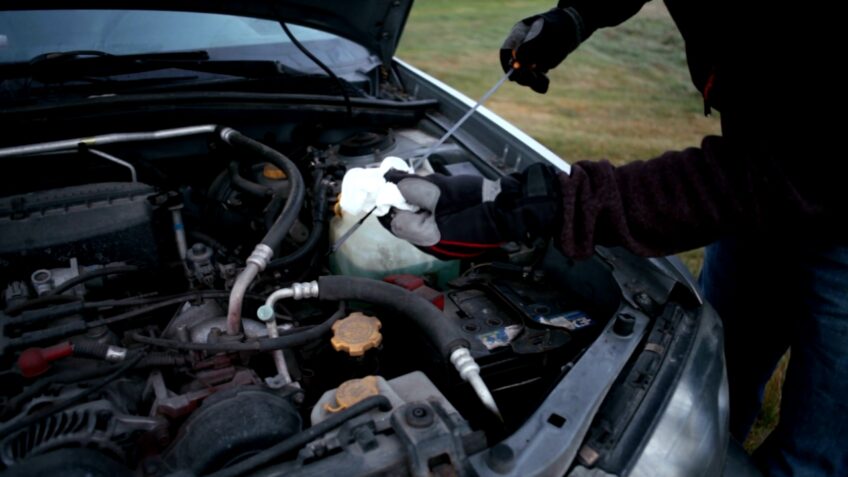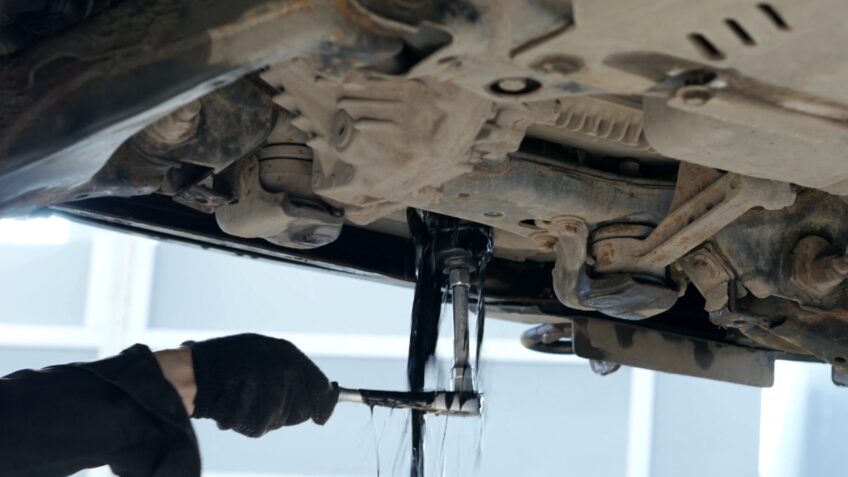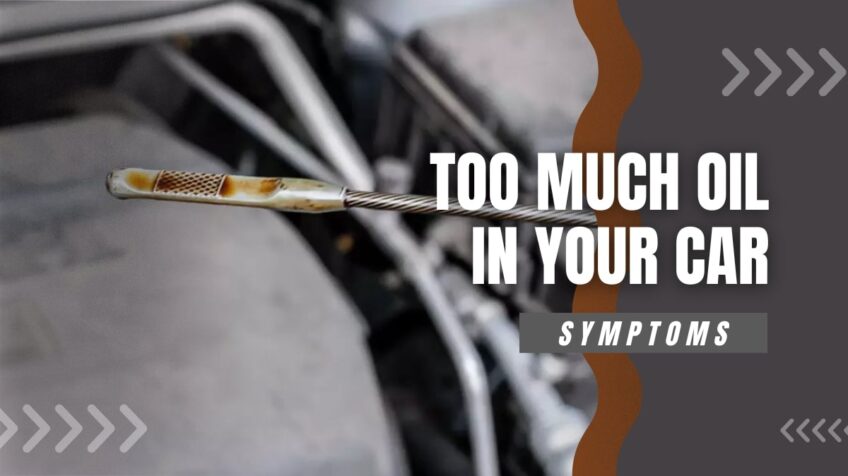As a car owner, you might think that adding a little extra oil to your vehicle’s engine will help it run smoother or protect it from wear and tear. However, an overfilled engine can actually cause more harm than good. In this comprehensive guide, we will discuss the symptoms, effects, and solutions to having too much oil in your car. Our goal is to provide you with the information you need to maintain your vehicle properly and prevent costly repairs.
The Importance of Proper Oil Levels

Motor oil is essential for your vehicle’s engine, as it lubricates moving parts, prevents corrosion, and helps dissipate heat. Maintaining the correct oil level is crucial for optimal engine performance and longevity. Too little oil can result in inadequate lubrication, causing friction and wear on the engine’s components. On the other hand, too much oil can lead to a host of problems that can damage your engine and even lead to complete failure.
Symptoms of Too Much Oil in Your Car
Recognizing the signs of an overfilled engine can help you address the issue before it causes serious damage. Here are some common symptoms:
- Blue or white smoke from the exhaust: Excess oil can make its way into the combustion chamber, where it burns, producing blue or white smoke.
- Oil leaks: Overfilled engines create pressure that can push oil past seals and gaskets, causing leaks.
- Unusual noises: You may hear knocking, tapping, or rattling sounds as the crankshaft splashes into the excess oil, creating air bubbles that disrupt proper lubrication.
- Poor performance and fuel efficiency: Excess oil can reduce engine power and decrease your miles per gallon (MPG).
- Oil-fouled spark plugs: Overfilled oil can seep into the combustion chamber and foul the spark plugs, leading to misfires or reduced engine performance.
- Check engine light: If your engine is struggling due to excess oil, the check engine light may illuminate.
The Effects of Overfilled Engines

Having too much oil in your car’s engine can lead to several problems, including:
Aerated oil
When excess oil is whipped into a frothy mixture by the crankshaft, it loses its ability to lubricate properly, causing increased friction and wear on engine components.
Damaged seals and gaskets
The excess pressure from overfilled oil can force it past seals and gaskets, resulting in leaks and potential damage to other engine components.
Catalytic converter damage
Burning excess oil in the combustion chamber can lead to a buildup of carbon deposits in the catalytic converter, reducing its efficiency and potentially causing it to fail.
Hydrolock
In extreme cases, excess oil can fill the combustion chamber, preventing the piston from completing its stroke. This can result in a “hydro-locked” engine requiring significant repairs or even replacement.
How to Check and Correct Your Oil Level
To avoid overfilling your engine, it’s essential to check your oil level regularly and follow these steps:
- Park your vehicle on a level surface and wait a few minutes for the oil to settle.
- Locate the oil dipstick, pull it out, and wipe it clean with a paper towel or cloth.
- Reinsert the dipstick fully and then pull it out again to check the oil level. The oil should be between the minimum and maximum marks indicated on the dipstick.
- If the oil level is above the maximum mark, you will need to drain some oil to bring it back within the proper range. Locate the oil drain plug beneath your vehicle, place a container beneath it to catch the excess oil, and remove the plug. Allow a small amount of oil to drain out, then reinsert the plug and check the level again. Repeat this process until the oil level is within the correct range.
- If the oil level is too low, add oil gradually, checking the dipstick after each addition to ensure you do not overfill the engine.
Preventing Overfilled Engines: Tips and Best Practices
Following these best practices can help you avoid overfilling your engine and ensure its optimal performance:
- Check your oil level regularly: Make it a habit to check your oil level every time you fill up your gas tank or at least once a month.
- Know your vehicle’s oil capacity: Consult your owner’s manual to determine the recommended oil capacity for your engine.
- Measure the amount of oil you add: Use a clean funnel and a measuring container to accurately pour the required amount of oil into your engine.
- Use the correct type of oil: Check your owner’s manual for the recommended oil type and viscosity for your vehicle.
- Be patient when adding oil: Allow the oil to settle for a few minutes after adding it to your engine before checking the level again. This will help ensure an accurate reading.
Frequently Asked Questions
How often should I check my oil level?
It’s a good practice to check your oil level every time you fill up your gas tank or at least once a month.
How much is too much oil in my car?
The oil level should always be between the minimum and maximum marks indicated on the dipstick. If the oil is above the maximum mark, it is considered overfilled.
Can overfilled oil cause engine damage?
Yes, overfilled oil can cause a range of problems, including aerated oil, damaged seals and gaskets, catalytic converter damage, and even hydro lock in extreme cases.
How do I fix an overfilled engine?
To fix an overfilled engine, you will need to drain some oil to bring the level back within the proper range. Follow the steps outlined in Section 4 to do this safely.
Final Words
Maintaining the correct oil level in your vehicle’s engine is essential for its performance and longevity. An overfilled engine can lead to several issues that may result in costly repairs or even engine failure. By checking your oil level regularly, using the proper type and amount of oil, and following best practices for engine maintenance, you can avoid the problems associated with too much oil in your car. Stay vigilant, and your engine will thank you with a long, healthy life.

